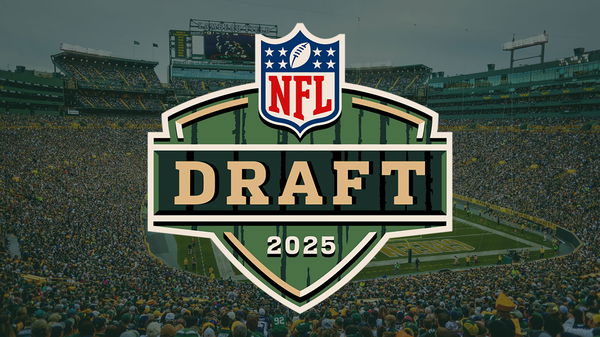

The 2025 NFL draft kicks off Thursday night in Green Bay, with the Titans leading the charge at No. 1. This marks a special moment—Green Bay hosts its first draft in over 85 years, since the 1940 event in Milwaukee. Last year, there was speculation that NCAA QBs Michael Penix Jr. and Bo Nix might sneak into the first round, but Penix was potentially projected to go as high as No. 8 to the Falcons. Now, it’s a historic draft in a historic city, and the buzz is only just beginning.
The top picks in this draft are easy enough to predict. Miami QB Cam Ward is the likely No. 1 pick, with CU’s Travis Hunter and PSU’s Abdul Carter expected to go by New England at No. 4. But after that? Things get a lot murkier. However, teams are buzzing that the player drafted at No. 10 could be just as good as the one taken at No. 32. So, it’s all about preference. In fact, many personnel experts believe the gap between them is minimal. This draft could be more unpredictable than ever.
But every year, thousands of NCAA players across the U.S. dream of hearing their name called during the NFL Draft. But with only 32 teams and limited picks, only a select few make the cut. So, what happens to those who don’t hear their name? For many, it’s not the end—it’s just the start of a different path.
ADVERTISEMENT
Article continues below this ad
Where do undrafted NFL players go?
Going undrafted in the NFL doesn’t mean the dream is dead—it just means the journey takes a different route. Every year, undrafted players get their shot through rookie mini-camps, where one standout performance can change everything. These tryouts are high-stakes auditions, and many hungry athletes seize the moment. Some even turn that opportunity into greatness—just ask Hall of Famers Warren Moon and Kurt Warner. They were passed over on draft day, but still carved out legendary careers. It’s proof that stars can rise from anywhere.

But once signed, the real battle begins. Because roster spots are limited, and only a few undrafted players survive the final cuts. Most land on practice squads, grinding daily behind the scenes. They earn around $8,400 a week, waiting for that one shot to crack the active roster. However, not everyone makes it to the NFL—and that’s okay.
ADVERTISEMENT
Article continues below this ad
What’s your perspective on:
Can undrafted players like Warren Moon and Kurt Warner still rise to NFL stardom today?
Have an interesting take?
For those who don’t land on a practice squad or choose a different route, other doors still open. Some chase the game in leagues like the CFL, USFL, or Arena Football. Others pivot, using their grit and discipline to thrive in new careers. However, the truth? Most NCAA stars won’t hear their name on draft night. But football teaches more than X’s and O’s. It builds character. And in the end, it’s not how you start—it’s how you finish.
Can an NFL Draft pick refuse to sign their contract?
For every NCAA player, hearing their name at the NFL Draft is the dream. But here’s the twist—it’s not the finish line. It’s not even the starting gun. However, the real beginning? That comes when the rookie contract is signed. Without that signature, the deal isn’t real. So what if a draft pick refuses to sign? Well, things get complicated fast.
ADVERTISEMENT
Article continues below this ad
However, back in the day, rookie contract drama was a regular headline. Take 2007, for example—JaMarcus Russell and the Raiders couldn’t see eye to eye. The standoff cost him training camp and all of preseason. Then came 2010. Sam Bradford cashed in big with a 6-year, $78 million deal – $50 million guaranteed – before ever taking an NFL snap. That massive payday changed the game. It became the final straw, and the league knew something had to give.
Here, enter the revamped CBA. Rookie deals are now largely pre-set, with every draft slot tied to a specific value. While agents can still fine-tune details like bonus timing or offset language, the big picture is pretty much locked in. Still, nothing is automatic. A player can refuse to sign. They could sit out the year and try again in next year’s draft. Because teams don’t hold rights forever—if no deal is struck by the new league year, that player goes back in the draft pool. So, it’s a two-way street, and both sides have to play ball.
ADVERTISEMENT
ADVERTISEMENT
ADVERTISEMENT
ADVERTISEMENT


"Can undrafted players like Warren Moon and Kurt Warner still rise to NFL stardom today?"